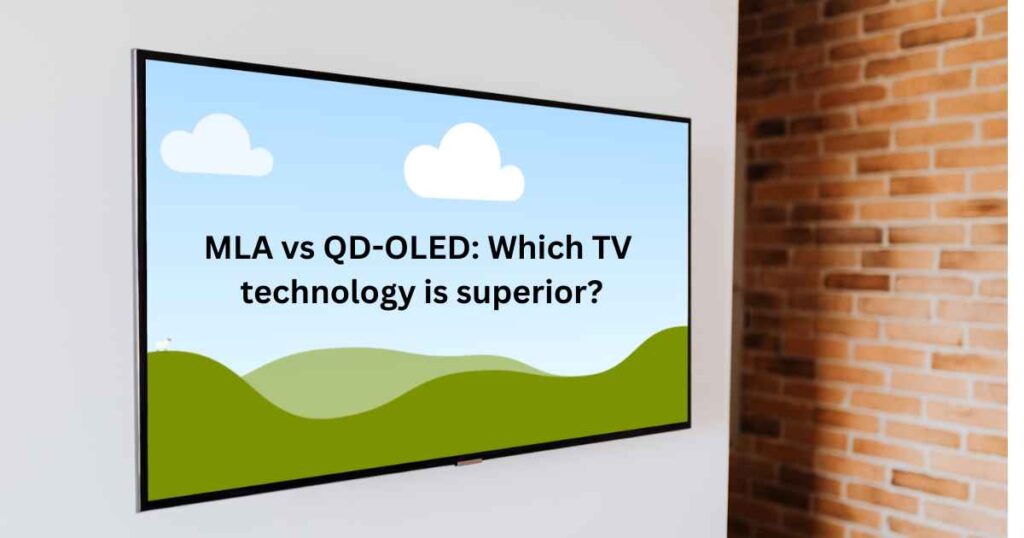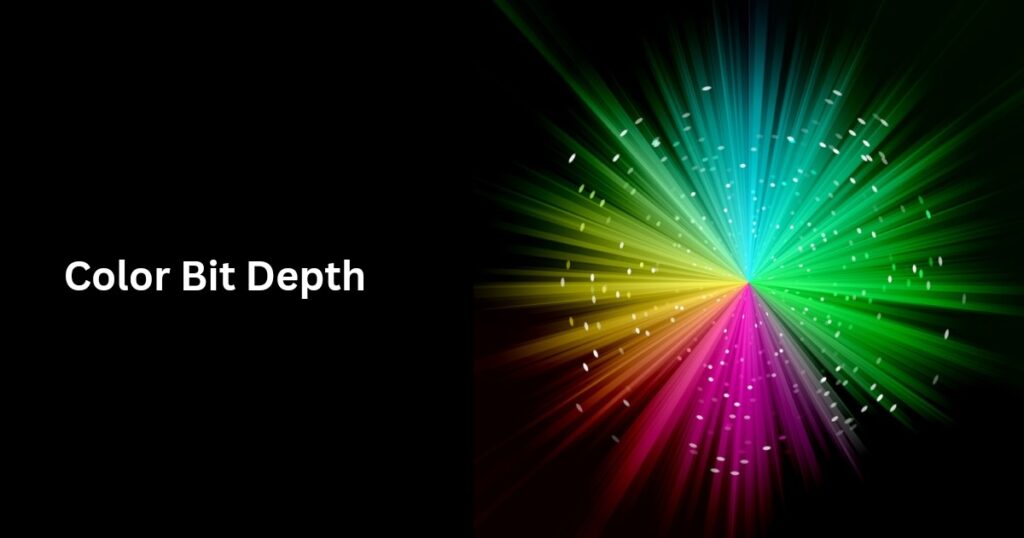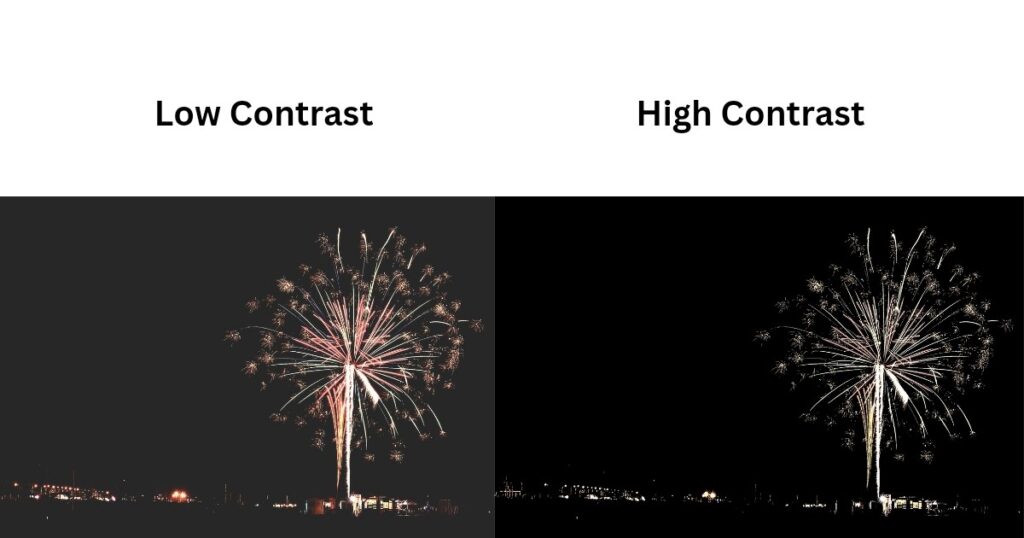MLA vs QD-OLED: Which TV technology is superior?

The two major advancements that have significantly boosted OLED brightness are MLA and QD-OLED technologies.
Once considered dim compared to LCDs, OLEDs equipped with these innovations can now rival the brightness levels of some of the best of the LED LCD TVs.
But between MLA and QD-OLED, which delivers the better overall performance?
Let’s break it down in detail.
MLA
MLA, short for Micro Lens Array, is a technology that enhances the brightness of WOLED TVs.
In traditional OLED or WOLED panels, a significant amount of light gets lost when passing through the color filters.
MLA technology, introduced by LG, tackles this issue by using thousands of microscopic lenses with each pixel to redirect and refocus the light.
By preventing light from reflecting back, this system allows much more of it to reach the screen, thereby delivering a significant boost in brightness compared to conventional WOLED TVs.
QD-OLED
QD-OLED, or Quantum Dot Organic Light Emitting Diode, is a display technology that uses a layer of quantum dots placed in front of the organic light-emitting layer.
In this setup, the source blue light from the OLEDs excites the quantum dots, which then convert it into pure red, green, and blue hues.
These quantum dots are highly efficient at color conversion, ensuring accurate and vibrant color reproduction.
Since QD-OLED panels don’t rely on traditional color filters, they preserve the full light intensity, allowing the TV to deliver exceptionally bright and precise colors.
MLA vs QD OLED: Which is a better technology?
Both MLA and QD-OLED technologies enhance OLED brightness, but through different approaches.
MLA is applied to conventional WOLED panels, whereas QD-OLED relies on an entirely different panel structure. Despite this difference, both technologies share the same foundation—self-emissive organic pixels.
That being said, let’s dive deeper into the unique features that set them apart.
Contrast and blacks
Thanks to their self-emissive pixels, both WOLED and QD-OLED TVs can deliver perfect blacks with infinite contrast and no blooming.
However, in bright viewing environments, QD-OLED panels may show elevated black levels, whereas MLA-based WOLED TVs maintain deep blacks more effectively due to superior reflection handling.
Brightness
Both MLA-based WOLED and QD-OLED TVs achieve much higher brightness compared to standard OLEDs.
That said, QD-OLEDs stand out for their punchier colors, vibrant highlights, and precise brightness levels, thanks to the pure monochromatic light produced by highly efficient quantum dots.
MLA-enhanced WOLEDs, on the other hand, also deliver impressive brightness, but they particularly excel at rendering pure whites more effectively—an advantage that comes from their use of an unfiltered white subpixel.
Color volume
Both MLA and QD-OLED displays are capable of delivering a wide color gamut, and when paired with their high peak brightness, they achieve impressive color volume.
However, QD-OLED TVs generally take the lead, offering a broader gamut, and an overall higher color volume.
Lifespan
In QD-OLED TVs, the organic pixels don’t need to be driven as hard as normal OLEDs to achieve higher brightness levels, thanks to the highly efficient color conversion done by quantum dots.
Similarly, MLA-based WOLED TVs use microscopic lenses to preserve light intensity, thus reducing the strain on their pixels when producing brighter images.
This suggests that both technologies should offer better lifespan compared to traditional WOLEDs.
However, definitive conclusions can only be drawn after dedicated lifespan and burn-in tests are conducted for each.
Conclusion
The choice between MLA-based WOLED and QD-OLED TVs cannot be made on picture quality alone.
Other aspects such as input lag, reflection handling, viewing conditions, HDR format support, and gaming performance also play a key role.
In a nutshell, MLA-based WOLEDs are better suited for bright environments, as they reach higher brightness levels, manage reflections effectively, and reproduce pure whites while maintaining deep blacks.
Meanwhile, in moderately lit rooms, QD-OLEDs often have the edge, delivering more vibrant colors, brighter highlights, and punchier details.


